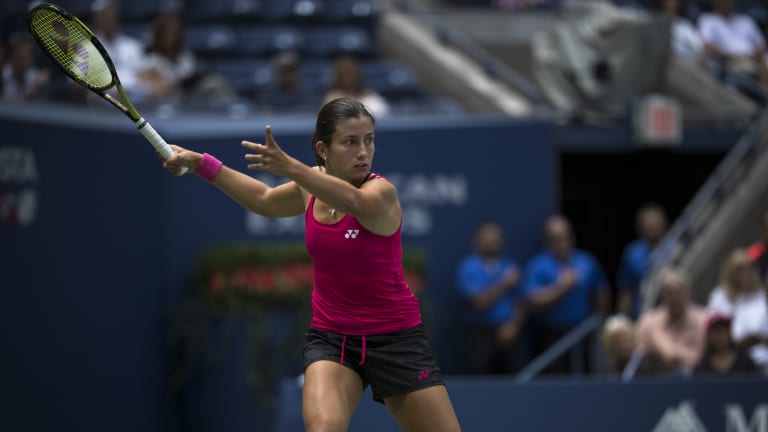NEW YORK—“I’ve seen that there’s life after tennis,” Anastasija Sevastova said early last week at the U.S. Open. “That if you lose a match, it’s not the end of the world. That the world does not collapse.”
But Sevastova, a 26-year-old, oft-injured Latvian who retired in 2013 before un-retiring in 2015, also found that life after tennis can be a little, well, “strange.” That’s the word she used to describe her brief career as a “leisure management” student.
“I didn’t find it that difficult to study,” said Sevastova, who says she enjoyed learning something new. “But maybe it made me go back to tennis.”
One thing many pros discover when they try to adjust to life after tennis: They’re glad they became tennis players in the first place.
Anyone who watched Sevastova upset the No. 13 seed, Johanna Konta, 6-4, 7-5, on Sunday, four days after upsetting the No. 3 seed, Garbiñe Muguruza, knows that playing this sport is what she was born to do. Like Daniel Evans on the men’s side at this year’s Open, the WTA’s No. 48—who had never reached a Grand Slam quarterfinal before Sunday—has come from nowhere to show fans that there’s more variety and possibility in the game today than meets the casual eye.
